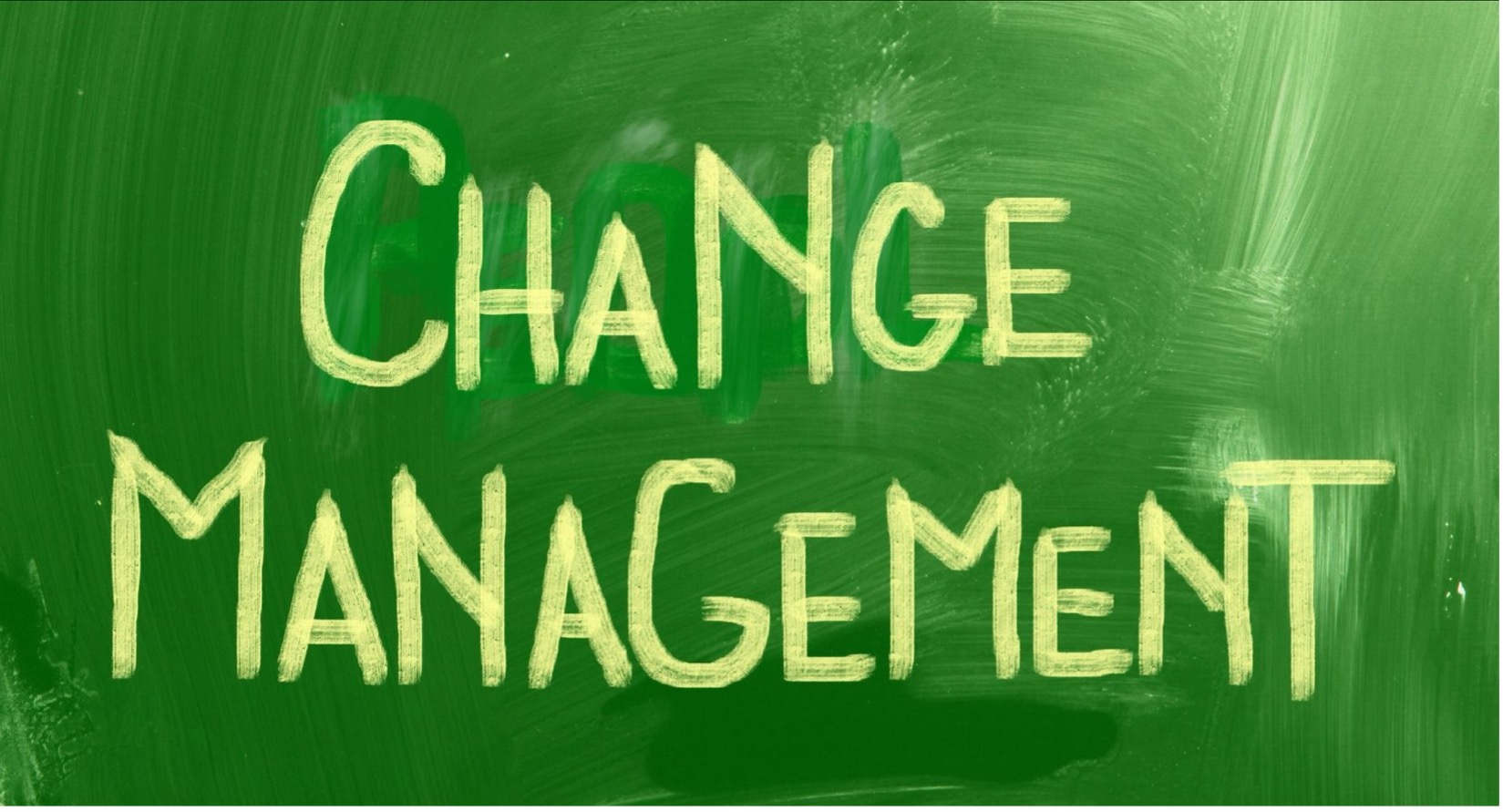Make your life easier for change communication? Then it may be helpful considering what is needed for your organization alongside the whole change development and implementation process. See here the main steps of change and the according communication activities.
Change step 1: Definition and vision of the change: What will change and what should be the results?
Communication task 1: Draft the overall key message(s). This will be the guiding principle of all subsequent communication activities.
At this early point it makes sense to have a look at your internal communication. Can the existing organization handle the change communication needs, is external consulting helpful at specific phases or do you need a specific change communication team?
Change step 2: Evaluate the internal and external factors which can influence the change in any way.
Communication task 2: Look at the internal communication channels you already have in place: How are they used, for what purposes, who uses them, what is the frequency?
Best would be to use the existing corporate communication channels for the overall change communication. If you have a vital channel, great! If it has been neglected in the past, revive it before the change communication starts.
The communication of the overall goals, challenges, timeline and measurements of the change should reach all who will be affected in order to achieve a common understanding and knowledge of the vision. This is essential for general employee engagement and avoiding or clearing up rumors.
Change step 3: Analysis of the stakeholders and groups affected by the change: who will be impacted the most, who might be resistant to the change?
Communication task 3: Consider how to define personas for specific change communication. Important is the balance how detailed you differentiate the change communication: stay relevant for the personas, but don’t become bogged down in too many different target groups.
Derived from the overall change messages the different stakeholders should get specific change information which are relevant for them. This enables to explain specific conclusive reasoning for change effects helping to ensure acceptance.
Change step 4: Set-up of the change management strategy including aspects such as resources, stakeholder engagement, learning and development and measurement.
Communication task 4: Now at the latest the main change communication measures should be defined. Beside the informative change communication via intranet channels, approaches for self-service learning, train-the-trainer programs or forums for feedback as well as exchange should be considered.
Change step 5: Development of the change management plan with action steps and timeline.
Communication task 5: At this stage, set-up the processes between the change teams and the communication team to ensure an effective information and approval flow for communication assets. Ensure that these processes are flexible enough to be adapted if necessary.
Change step 6: Implementation of the change.
Communication task 6: During the change process, be open to adapt the change communication to currents needs, lessons learned and challenging phases. Evaluate and listen, collect feedback, and enable a continuous improvement process for change communication.
Change step 7: Evaluation of outcomes.
Communication task 7: Benefit from the experience: Keep the communication activities, which have proved successful for internal communication and cultivate the fruitful exchange within your organization. The next major change will come.
Change Need a sparring partner your your change communication? Then let’s just talk about how we can help: gk@progresss5.com

